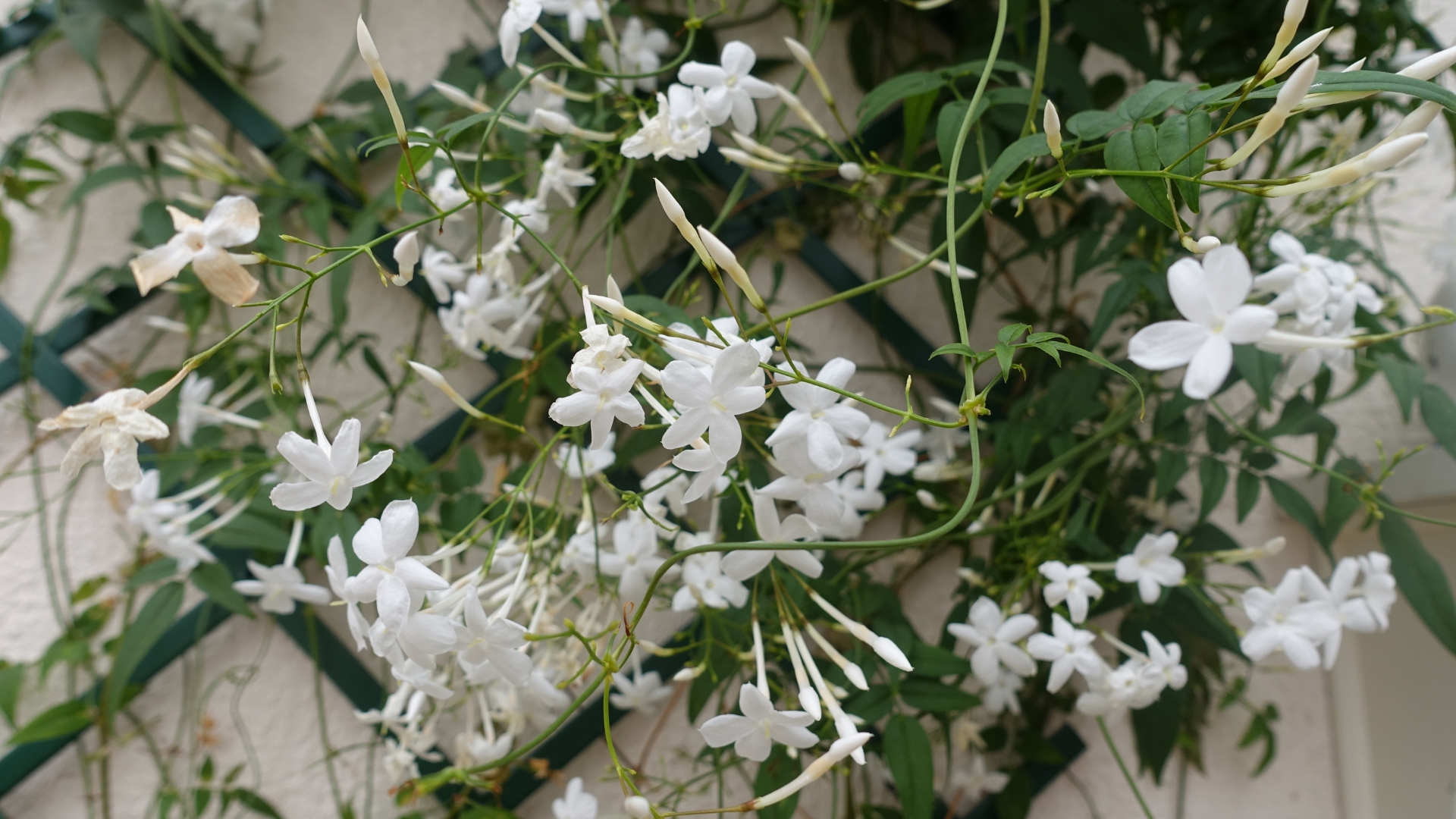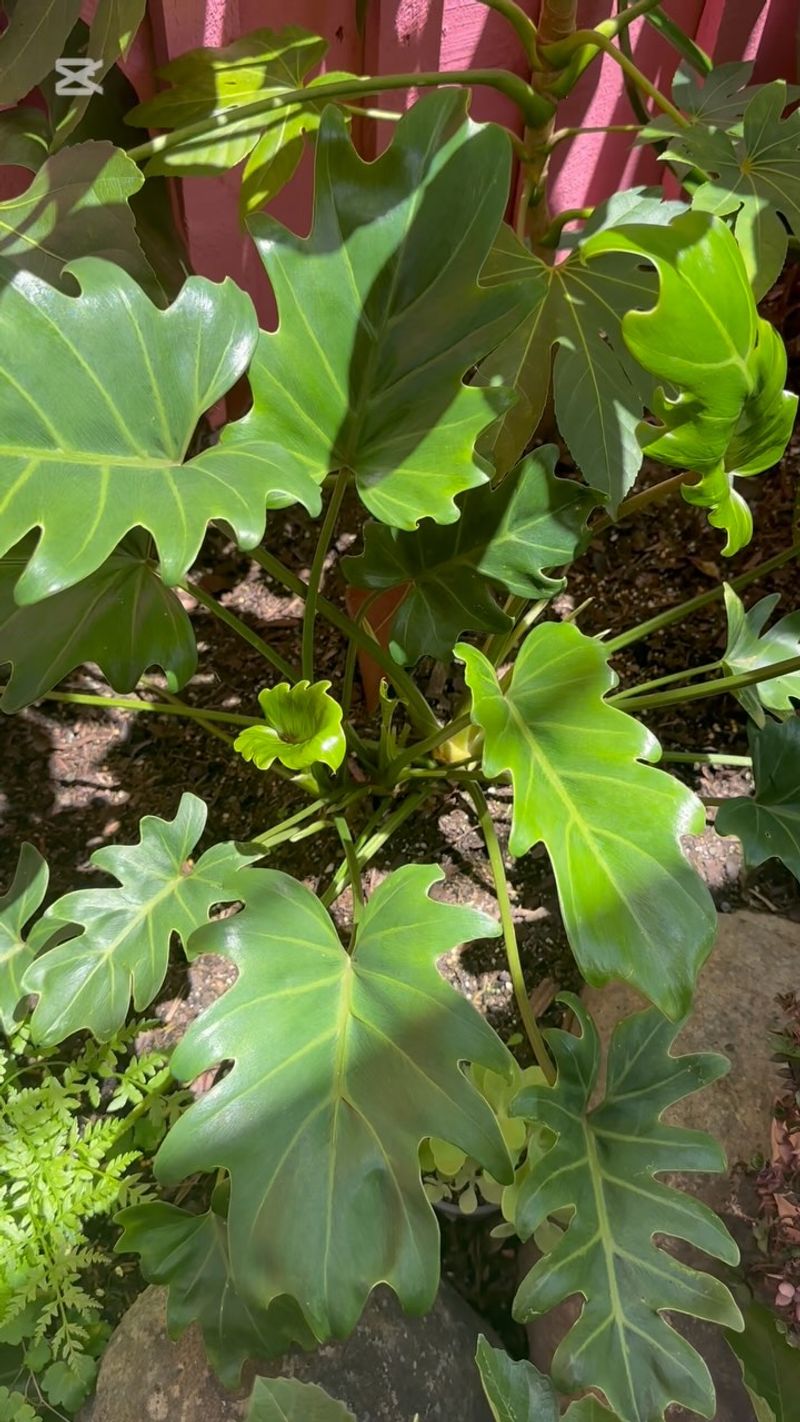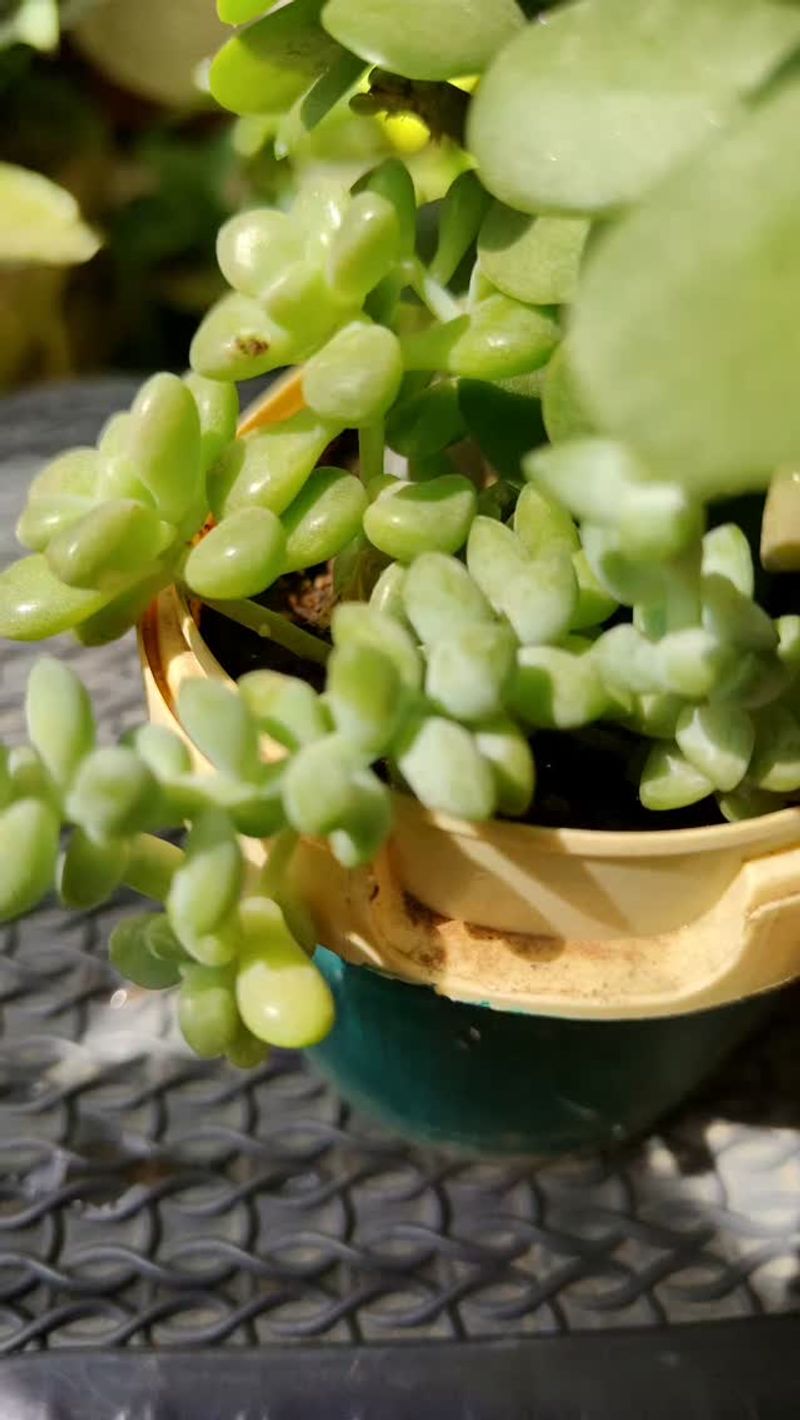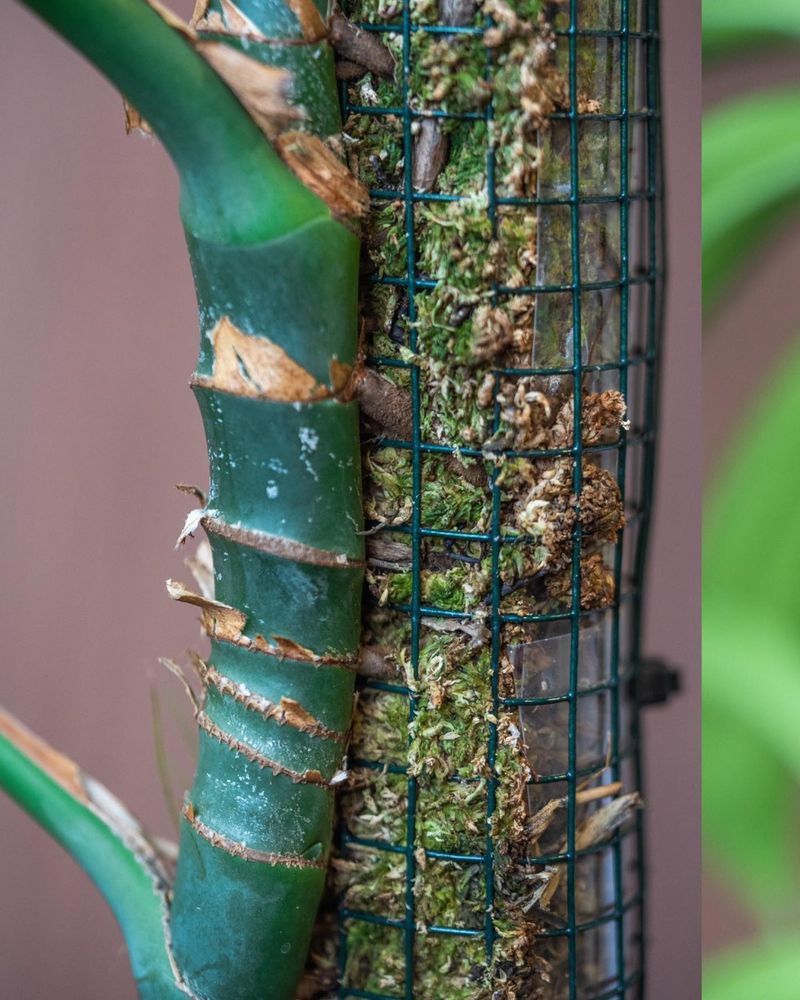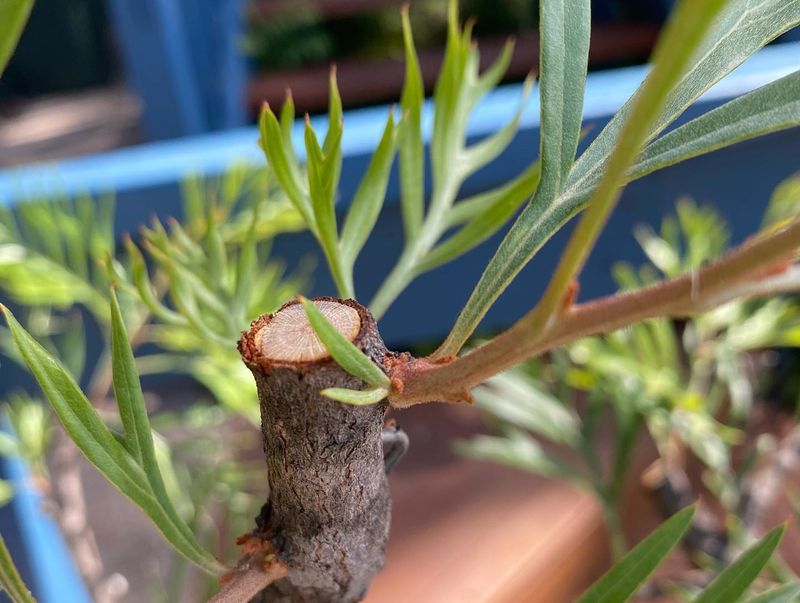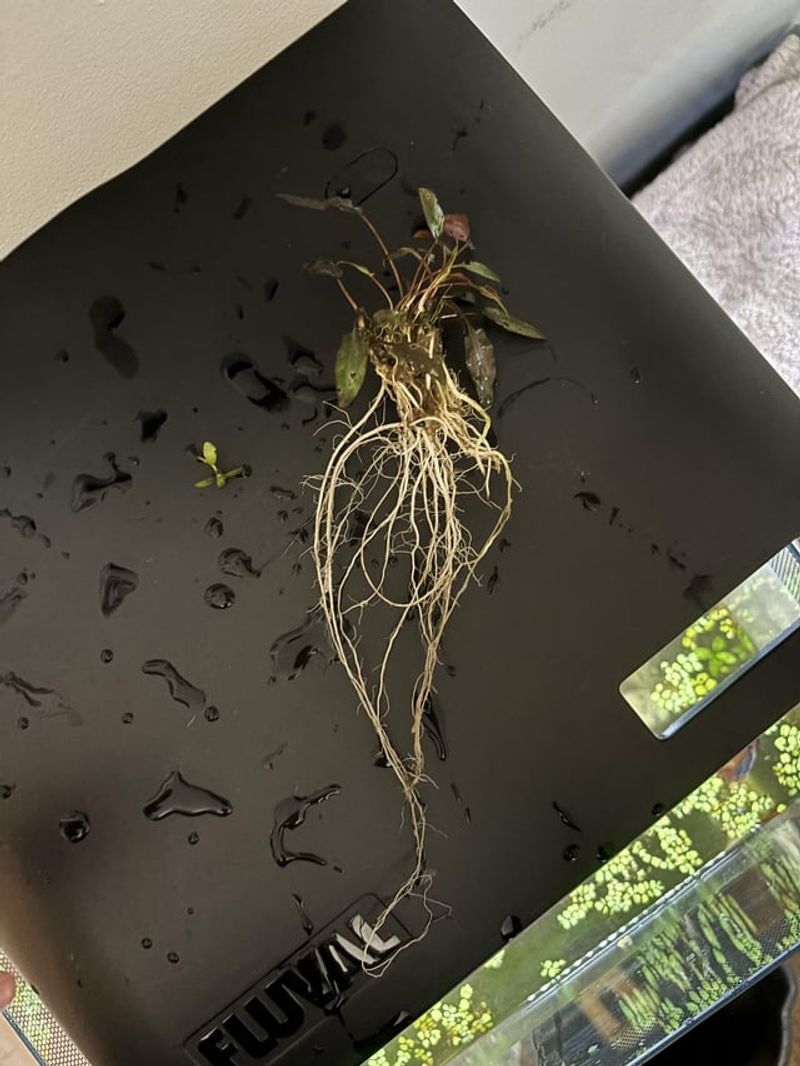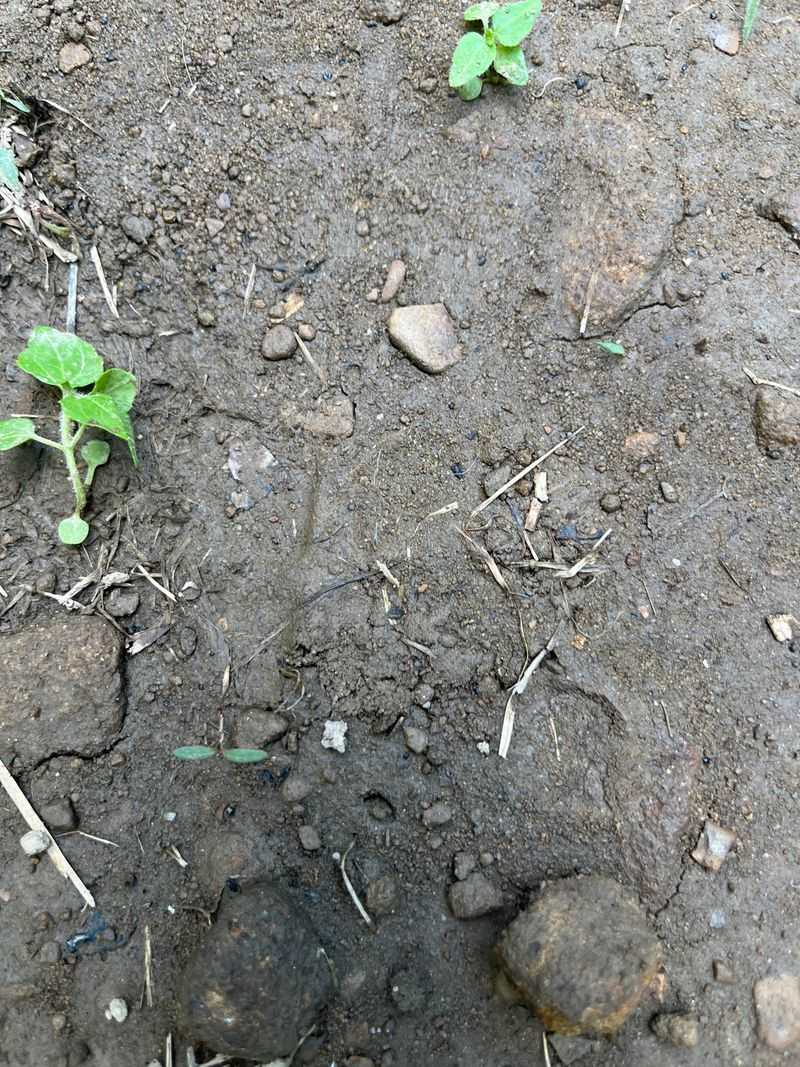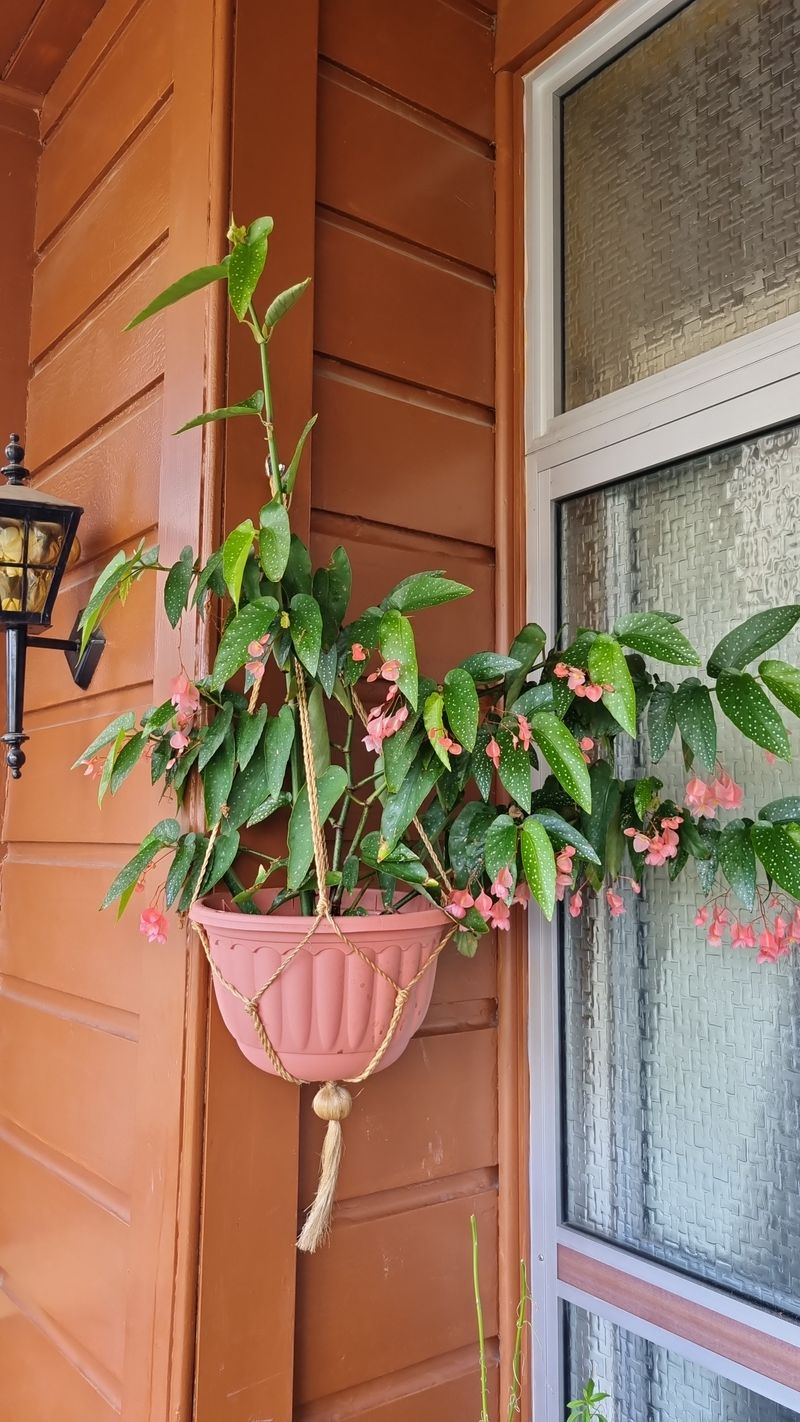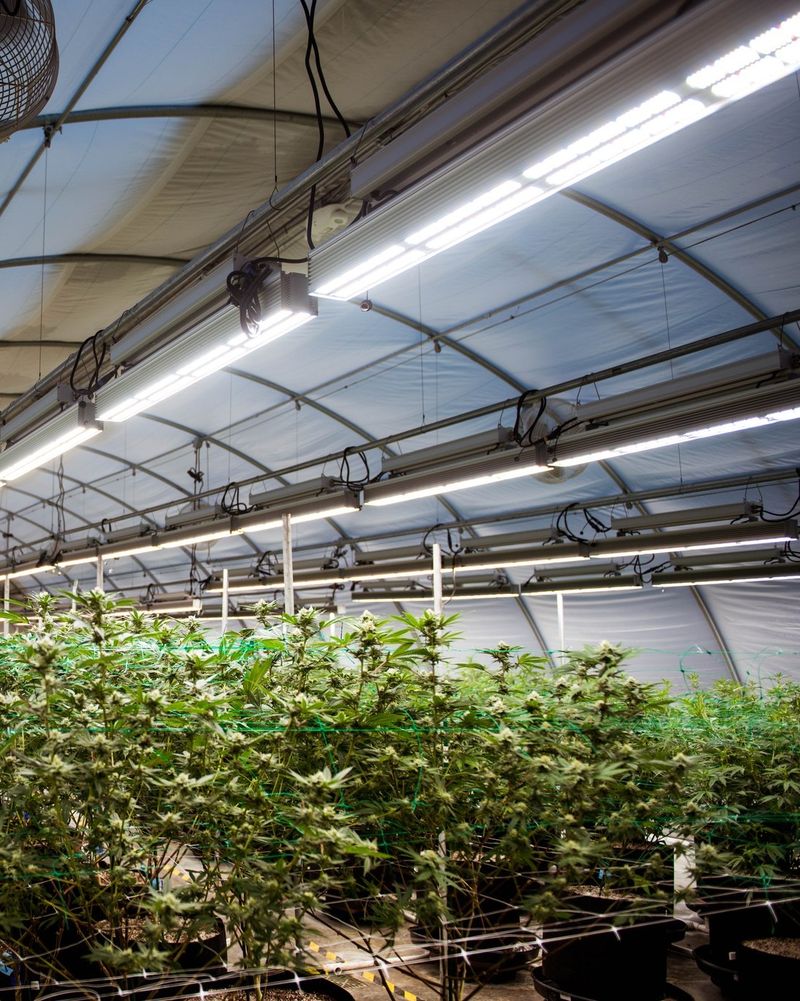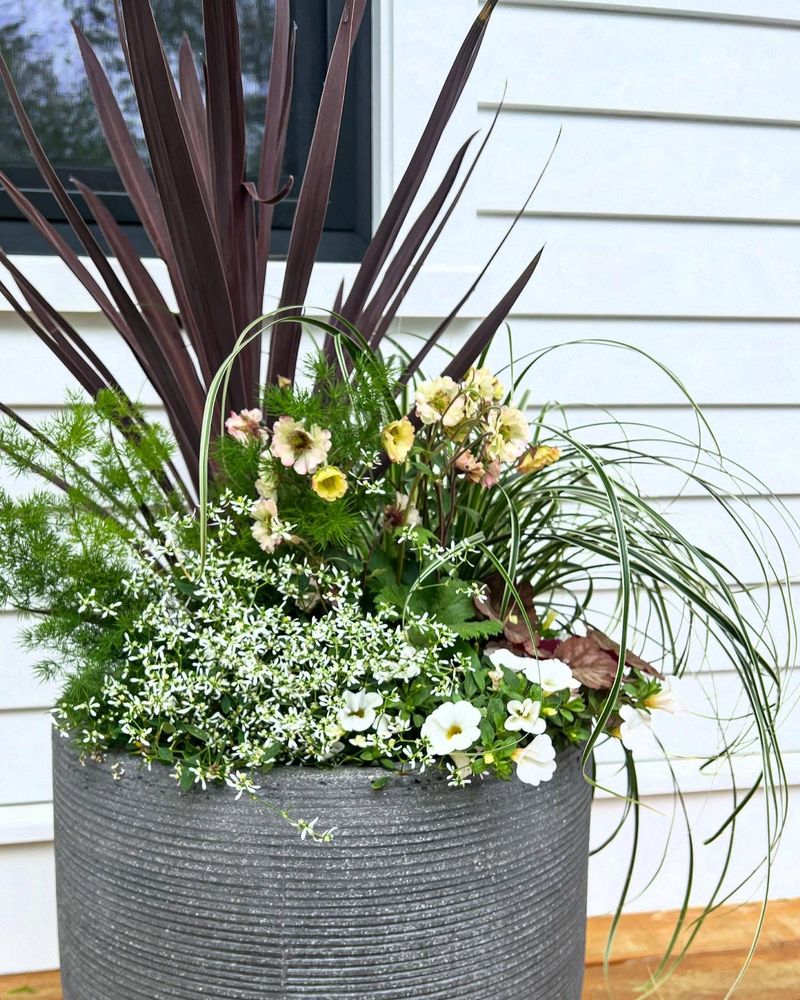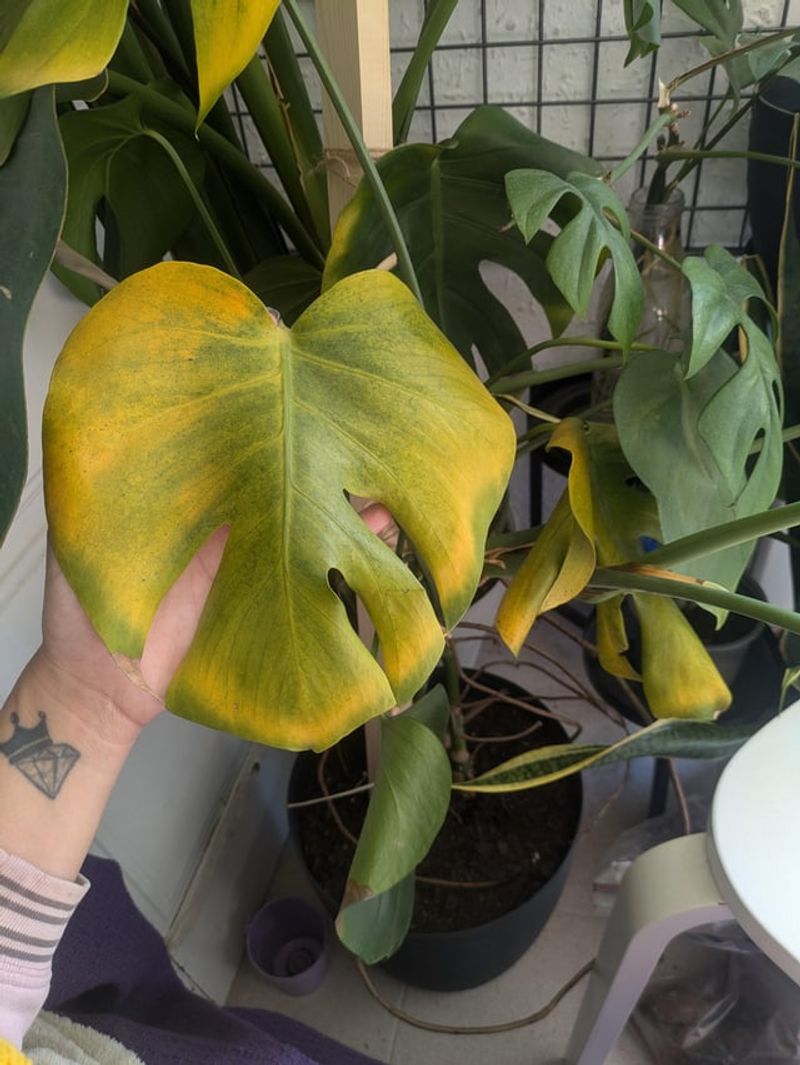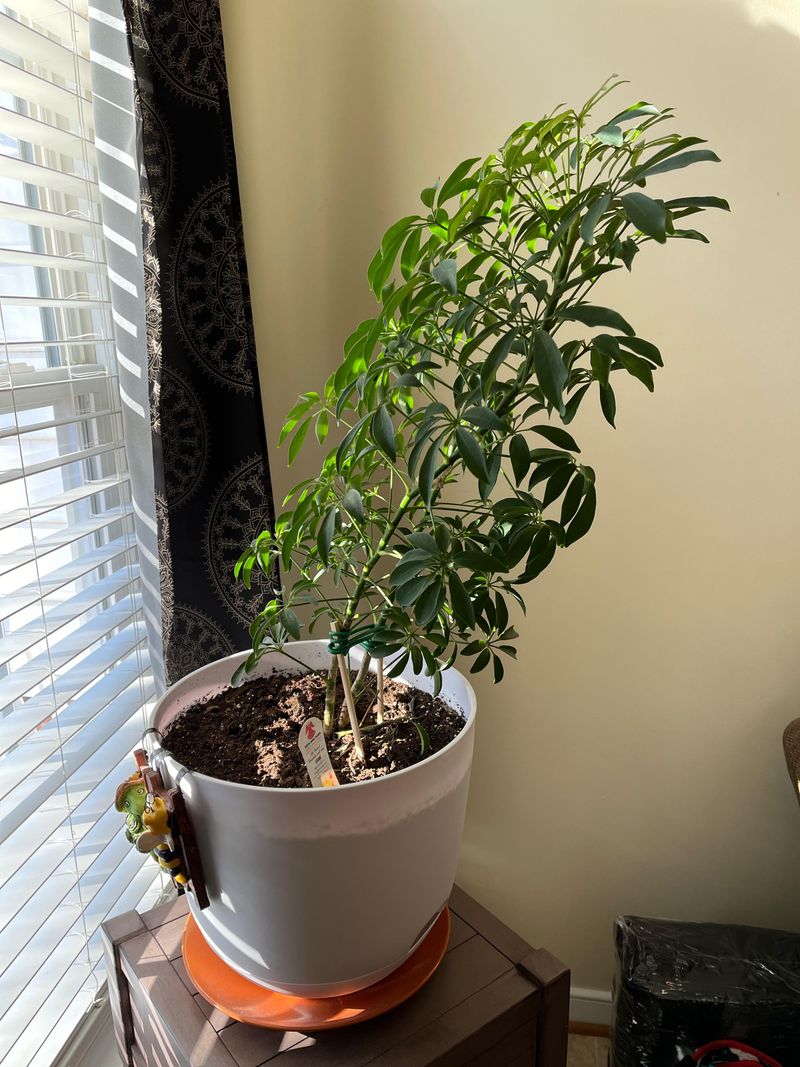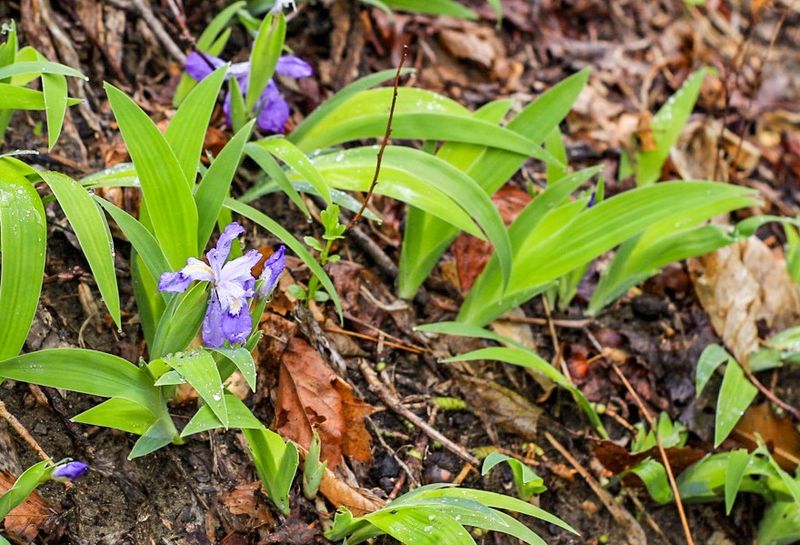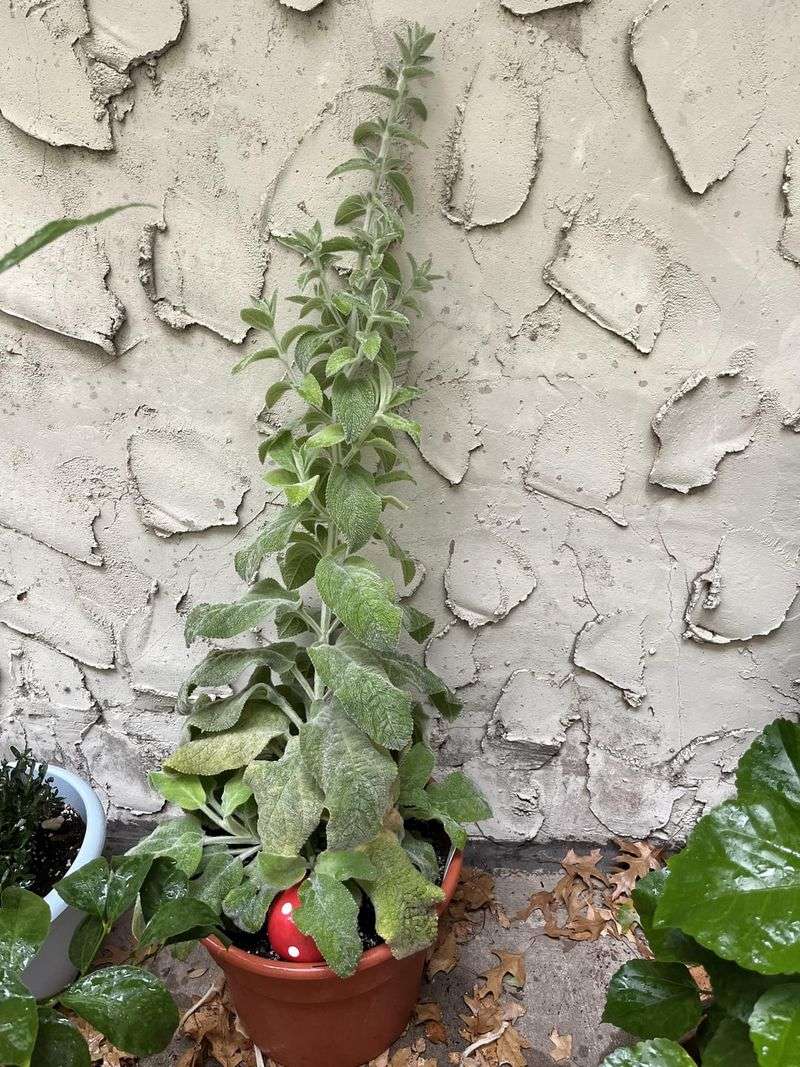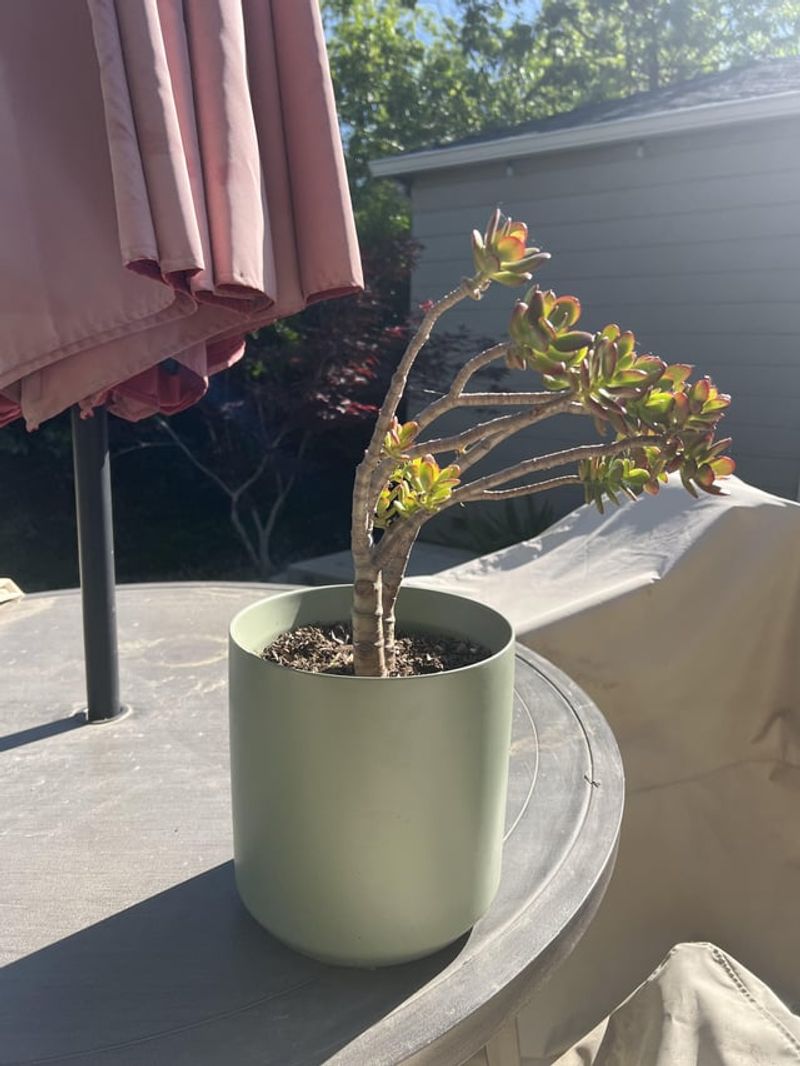If your plants are constantly leaning like they’re reaching for something just out of sight, you’re not alone—I’ve been there too.
It’s one of those little things that can drive you nuts, especially when everything else seems just fine. But leaning plants are usually trying to tell you something, and it’s not always about sunlight.
From wobbly roots to sneaky wind gusts, I’ll walk you through what might be going on. Let’s get those plants standing tall and proud again—without the guesswork.
1. Chasing Sunlight
Plants naturally bend toward light sources in a process called phototropism. When light comes predominantly from one direction, stems will stretch and curve to maximize exposure.
Rotate your plants a quarter turn weekly to promote even growth on all sides. For severely leaning plants, gradually adjust their position over several days rather than making dramatic changes that could stress the plant.
2. Uneven Watering Habits
Roots seek moisture, causing plants to develop stronger growth on the side that receives more water. This imbalance creates a noticeable tilt as one side becomes heavier and more developed.
Water thoroughly and evenly around the entire pot, not just on one side. Consider bottom watering by placing the pot in a shallow dish of water for 15-30 minutes, allowing roots to absorb moisture uniformly.
3. Top-Heavy Growth
Some plants naturally develop large, heavy foliage or blooms that their stems struggle to support. Without proper support, these plants will gradually bend under their own weight, especially after watering when leaves are heaviest.
Install stakes, moss poles, or decorative plant supports to help bear the weight. Regular pruning can also help manage the plant’s size and prevent it from becoming unbalanced.
4. Weak Stem Development
Insufficient light causes plants to produce less cellulose and lignin, the compounds that give stems their strength. The resulting elongated, weak stems simply can’t stand upright on their own.
Move your plant to a brighter location, but avoid shocking it with sudden intense light. Gently brush your hand across stems daily for a few seconds – this mimics natural wind movement and stimulates stronger stem growth.
5. Root Bound Constraints
When roots circle tightly inside a pot with nowhere to expand, they create uneven pressure that can physically push the plant to one side. This cramped root system also limits nutrient uptake, further weakening the plant’s structure.
Repot into a container 1-2 inches larger in diameter, gently loosening the root ball first. For severely root-bound plants, trim away some of the circling roots before repotting to encourage new, outward growth.
6. Soil Compaction Issues
Compacted soil creates resistance that can physically push growing roots in one direction. The resulting asymmetrical root development leads to unbalanced growth above ground.
Gently aerate the soil using a chopstick or small fork, being careful not to damage roots. When repotting, use a well-draining mix with perlite or vermiculite to prevent future compaction and allow roots to grow evenly in all directions.
7. Gravity-Defying Growth Patterns
Some plants have naturally horizontal or cascading growth habits that are often mistaken for unhealthy leaning. These plants are actually perfectly healthy when growing at an angle.
Research your specific plant species to understand its natural growth pattern. For plants meant to trail or cascade, consider hanging baskets or elevated planters that showcase their natural tendency to grow outward rather than upward.
8. Fertilizer Imbalance
Applying fertilizer unevenly or allowing it to concentrate on one side of the pot creates lopsided nutrient availability. Plants respond by growing more vigorously where nutrients are abundant, causing a noticeable lean.
Dilute fertilizer thoroughly before applying and distribute it evenly around the pot. Water thoroughly after fertilizing to help distribute nutrients uniformly throughout the soil and prevent concentration in one area.
9. Temperature Gradient Effects
Plants near windows, vents, or radiators experience temperature differences across their structure. Growth slows on the side exposed to temperature extremes while continuing normally elsewhere, creating a lean.
Move plants away from drafty windows, heating vents, and air conditioners. If relocation isn’t possible, use a shield like a decorative screen between the plant and the heat/cold source to create a more uniform growing environment.
10. Incorrect Pot Sizing
Overly large pots cause roots to spread unevenly as they seek anchor points. Conversely, pots that are too small restrict root growth on one side, creating an imbalance that manifests as leaning.
Choose containers proportional to your plant’s size—generally just 1-2 inches wider than the current root ball. The right pot provides stability at the base while allowing appropriate root expansion to support the growing structure above.
11. Pest Infestation Damage
Pests often attack one section of a plant first, weakening stems and leaves in that area. As the damaged portion loses vigor, the healthier side continues growing normally, creating an uneven appearance.
Inspect your plant thoroughly, especially the underside of leaves and along stems. Treat any infestations immediately with insecticidal soap or neem oil, and prune severely damaged sections to encourage balanced new growth.
12. Inconsistent Rotation Schedule
Plants develop memory in their growth patterns, responding to light direction over time. Without regular rotation, they become permanently fixed in a leaning position that persists even when light conditions change.
Set a weekly reminder to rotate houseplants a quarter turn in the same direction each time. For severely leaning plants, provide temporary support with a stake while gradually retraining them through consistent rotation.
13. Improper Planting Depth
Plants positioned at an angle during planting or those buried too deeply struggle to establish proper root systems. The resulting instability causes them to lean as they grow taller.
When repotting, ensure the plant sits straight with its crown (where stem meets roots) at the proper soil level. For established plants, carefully excavate around the base if planted too deeply and add support until new roots develop.
14. Genetics and Natural Variation
Some plants have genetic predispositions toward asymmetrical growth or naturally occurring mutations that affect their growth habit. These variations are often harmless but can result in unusual leaning patterns.
Embrace the unique character of naturally asymmetrical plants rather than fighting their inherent growth pattern. If uniformity is important, propagate from symmetrical specimens or choose plant varieties known for their upright growth habit.
15. Recent Transplant Shock
Newly repotted plants often lean temporarily as their root systems adjust to new growing conditions. The plant may appear unstable until it establishes enough root mass to anchor itself properly.
Be patient and provide temporary support with a small stake if needed. Avoid moving or rotating the plant frequently during this adjustment period, and maintain consistent care to minimize additional stress.

